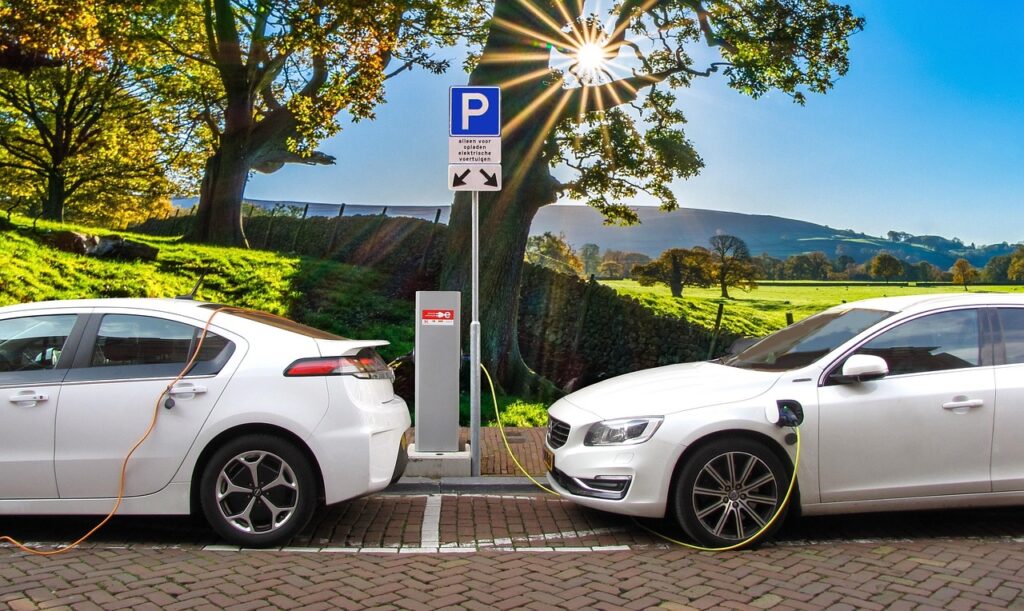Electric Vehicle Maintenance in 2025: What Canadian Drivers Need to Know
As electric vehicles (EVs) continue to gain popularity across Canada, understanding how to maintain these advanced machines has become increasingly important. In 2025, EV ownership is no longer a niche trend—it’s a mainstream choice driven by environmental concerns, government incentives, and technological innovation. However, while EVs offer many advantages over traditional internal combustion engine (ICE) vehicles, they also come with unique maintenance requirements that Canadian drivers must be aware of.
The Rise of Electric Vehicles in Canada
Canada has seen a significant uptick in EV adoption over the past few years. Federal and provincial governments have introduced generous rebates and tax incentives to encourage consumers to make the switch. Charging infrastructure has expanded rapidly, with thousands of public charging stations now available nationwide. Automakers have responded by releasing a wide range of EV models, from compact city cars to luxury SUVs and pickup trucks.
In urban centers like Toronto, Vancouver, and Montreal, EVs are becoming a common sight. Even in rural areas, improved battery range and charging access have made EVs a viable option. As a result, more Canadians are considering EVs not just for environmental reasons, but also for long-term cost savings and performance benefits.
Understanding EV Maintenance Basics
One of the biggest advantages of EVs is their reduced maintenance needs compared to ICE vehicles. EVs have fewer moving parts, no oil changes, and no exhaust systems. However, this doesn’t mean they’re maintenance-free. Key components like the battery, electric motor, and software systems require regular attention to ensure optimal performance and longevity.
Battery health is paramount. Most EVs use lithium-ion batteries, which degrade over time. While manufacturers offer warranties that typically cover 8 years or 160,000 kilometers, drivers should still monitor battery performance and follow best practices to extend its life. This includes avoiding extreme temperatures, minimizing fast charging, and keeping the battery between 20% and 80% charge when possible.
Brake systems in EVs also differ due to regenerative braking, which reduces wear on traditional brake pads. Nonetheless, regular inspections are necessary to ensure safety. Tire maintenance remains crucial, especially since EVs tend to be heavier and may wear tires faster. Rotations, alignments, and pressure checks should be part of a routine schedule.
Software and Connectivity Considerations
Modern EVs are essentially computers on wheels. They rely heavily on software for everything from battery management to navigation and driver assistance features. Regular software updates are essential to maintain security, improve functionality, and fix bugs. These updates can often be done over-the-air (OTA), but drivers should stay informed about new releases and ensure their vehicles are connected to Wi-Fi when parked.
Connectivity also plays a role in diagnostics. Many EVs can self-report issues and send data to manufacturers or service centers. This proactive approach helps identify problems before they become serious, but it also means drivers need to be comfortable with digital interfaces and mobile apps that manage vehicle health.
Seasonal Maintenance Challenges in Canada
Canada’s diverse climate presents unique challenges for EV maintenance. Cold winters can reduce battery efficiency and range, while hot summers may accelerate battery degradation. To combat these effects, many EVs come equipped with thermal management systems, but drivers should still take precautions.
In winter, preconditioning the battery before driving can help maintain range. Using heated seats and steering wheels instead of cabin heat conserves energy. Installing winter tires is essential for safety and performance. In summer, parking in shaded areas and avoiding high-speed charging during peak heat can protect battery health.
Salt and moisture from winter roads can also affect the undercarriage and electrical components. Regular washing and inspections help prevent corrosion and ensure long-term durability.
Charging Equipment and Home Setup
Many Canadian EV owners choose to install Level 2 chargers at home for convenience and faster charging. These chargers require a 240-volt outlet and professional installation. Maintaining the charger itself is important—checking for wear, ensuring proper grounding, and updating firmware as needed.
Public charging stations are also evolving. Some offer ultra-fast charging, which can be useful for long trips but may stress the battery if used frequently. Understanding the types of chargers available and planning routes accordingly helps optimize charging habits and reduce wear.
Cost Considerations and Long-Term Value
While EVs generally cost less to maintain than ICE vehicles, certain repairs can be expensive. Battery replacement, though rare, can cost thousands of dollars. Insurance premiums may be higher due to vehicle value and repair complexity. However, these costs are often offset by fuel savings, lower routine maintenance, and government incentives.
Resale value is another factor. As EV technology matures, used EVs are becoming more attractive to buyers. Keeping maintenance records, ensuring software is up to date, and maintaining battery health can enhance resale prospects.
Choosing the Right Service Provider
Not all mechanics are equipped to handle EVs. Canadian drivers should seek out certified EV service centers or dealerships with trained technicians. These professionals have the tools and knowledge to diagnose and repair EV-specific issues safely and effectively.
Mobile service options are also growing, allowing technicians to perform basic maintenance at the owner’s location. This convenience is especially valuable in remote areas or for busy professionals.
Conclusion
Electric vehicle maintenance in 2025 requires a blend of traditional automotive care and modern technological awareness. Canadian drivers who understand the unique needs of EVs—from battery management to software updates—can enjoy a reliable, efficient, and environmentally friendly driving experience. As the EV market continues to grow, staying informed and proactive will be key to maximizing the benefits of electric mobility.



